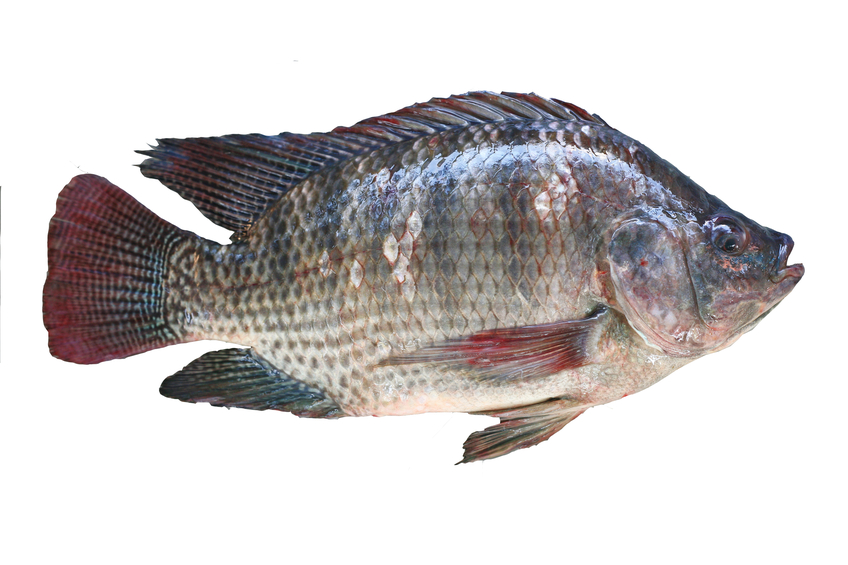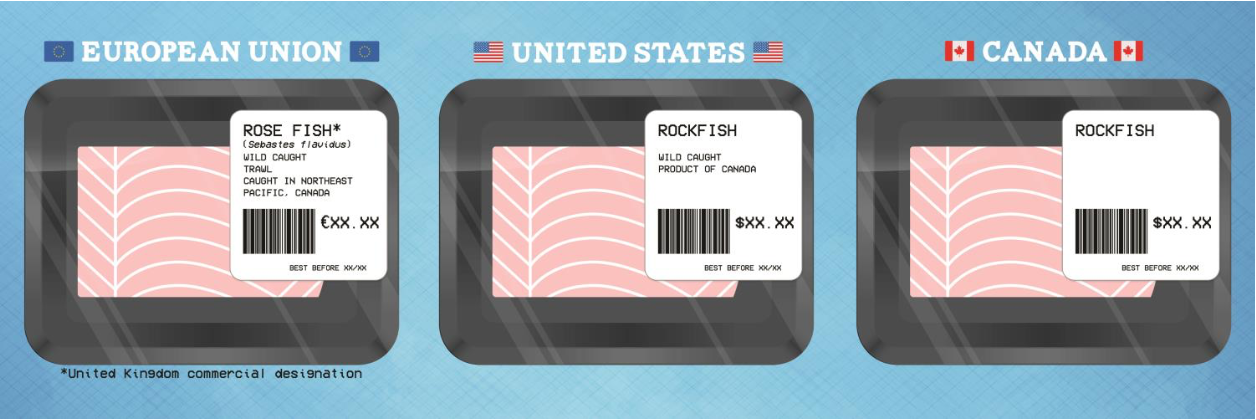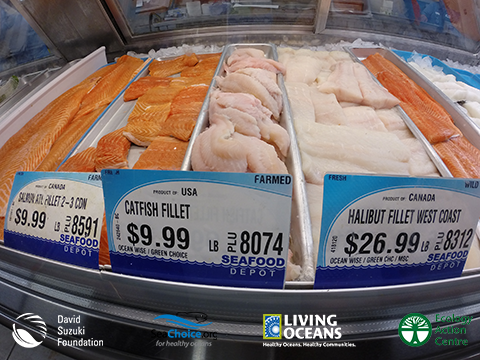Does the underwater superhero name ‘Aquaman’ sound familiar to you? Notice that Aquaman is part fish, and part human. His scaly costume provides incredible strength, torpedo swimming speed, and impenetrable skin. Ever wonder what it’s like to have scaly fish skin, or even become half fish? Science is getting close!

Aquaman’s upper torso is covered with fish skin, which enables him to breathe and swim underwater at tremendous speeds. Image Credit: sfgate.com
A new medical innovation was recently discovered in Brazil, after the number of skin donors started to become scarce. The dean of plastic surgery in São Marcos Hospital, Dr. Maciel, collaborated with his research team to utilize the skin of Tilapia fish for treating burns. Tilapia skin showed progressive healing properties when applied on skin wounds. They call this an alternative treatment- with surprisingly good results!
A victim suffered from second degree burns after a gas canister explosion. Instead of wrapping her wounds with gauze, doctors applied an unusual bandage- using Tilapia fish skin! I mean, how weird is that? Her arm looked like a fish mutant straight out of the X-Men comics, if you ask me!
The fish skin is first sterilized by using chemicals, and then undergoes radiation treatment to kill viruses. Once cleaned and processed, they are vacuum-sealed, and can last for up to two years.

Tilapia was chosen as the prototype for the animal skin-grafting experiment because it is the most common, disease-resistant fish found in Brazil. Image Credit: feednavigator.com
Doctors then apply the fish skin to the burned skin area. The tilapia skin sticks on the wound and creates a buffering effect that blocks out contamination while keeping in moisture. It stays bonded to the wound until it completely heals over. The tilapia skin dries up and flakes off after 10 days, and reveals new scar tissue underneath. The greatest advantage is that you don’t have to change this bandage dressing daily, which reduces the trauma and pain suffered by patients. I think that’s an excellent plus!

After suffering from horrific burns from a canister explosion, Maria was the first patient to receive tilapia fish grafts on her damaged skin. Her arm is pictured below after treatment once the fish skin was removed, revealing healthy scar tissue. Image Credit: thesun.co.uk
Lab analyses revealed that tilapia skin is rich in Type 1 collagen and proteins, which help restore damaged skin for a speedy recovery. Type 1 collagen is important for wound healing because it provides skin with a stretchy, elastic-like quality. It also enhances growth of connective fibres that hold skin together to prevent tearing. As a result, collagen stimulates healthy skin cells to grow and creates a new layer of scar tissue. The high level of humidity in fish skin helps to soothe wounds and eliminates the need for painkillers.
As of today, more than 50 patients have received tilapia fish-skin graft treatments for their painful burns, and all patients have shown successful healing results. It’s the first aquatic animal skin in the world to be tested in burn patients. Researchers say the skins are cost-effective and eco-friendly, and believe it will help burn victims to save time, medication costs, and hours of pain.
This video shows how tilapia skin is sterilized and then applied on the wounds of burn victims. Video Credit: statnews.com
The revolutionary treatment is currently only being practiced in Brazil, where tilapia skin is plentiful, and is donated to create more skin grafts. Brazilian plastic surgeons hope that this new pioneering treatment will spread to other countries in the nearby future.
-Anna Tam


